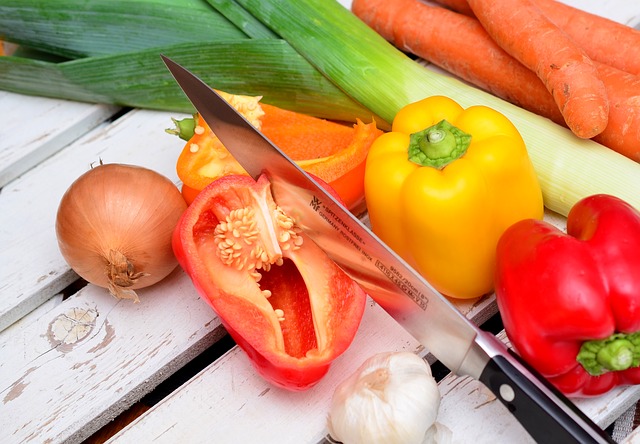
Frozen foods have long been a staple in the Western diet, but they have evolved considerably in terms of safety, quality and packaging compared to the first commercially-sold frozen food.
Early Days & Fish Fillets
The founder of frozen food as we know it today (a la a bag of frozen peas in our freezer) was Clarence Birdseye. Birdseye was inspired to formulate a mechanized fast-freezing method after watching Inuit tribes of Labrador, Canada, preserve freshly-caught fish with the wind, ice and cold weather. As the climate in his hometown of Brooklyn didn’t allow for such fast freezing, Birdseye invented the multi-plate freezing method, in which food is pressed between two chilled metal plates. The method then grew to involve two chilled conveyor belts for faster freezing. The first machine was designed to only freeze haddock and “seal in every bit of just-from-the-ocean flavor,” as noted by Birdseye himself (check out a drawing here). After this invention, the foundation had been laid for the entire frozen food industry.
Conveyor Belts to Home Kitchens
Birdseye established the General Seafood Corporation in 1924, offering only frozen fish fillets. As production increased to include meats and produce, Birdseye joined forces with the Postum Company in 1929 to create General Foods Corporation. With this expansion, Birdseye launched a marketing campaign to familiarize Americans with the new frozen food category. However, Birdseye’s frozen food didn’t reach mass popularity until the 1940s, when most American households purchased their first freezer. In addition to updating the frozen boxcar to transport his foods, Birdseye was also involved in developing grocery store freezer display cases, which led to the sale of frozen television dinners and fish sticks.
Did you know? Swanson executives came up with the first frozen dinner trays after a turkey surplus left them with too much turkey after Thanksgiving.
Today, food technologists and scientists continue to improve methods and ingredients for freezing. While Birdseye’s method of flash freezing remains popular, there is also air blasting, spiral belt, and cryogenic freezers to name a few. Additionally, foods that were hard to freeze can now be flash frozen with the addition of ingredients, for example, to prevent enzymatic reactions in fresh produce and preserve texture in frozen desserts. Modern innovations in “smart packaging” also maintain freshness and keep products from thawing (think the plastic film over your favorite frozen mac and cheese).
Considering frozen food? Here are the top 5 reasons to go frozen!
- Cut down on meal prep
Pre-cut frozen vegetables are usually faster and simpler to cook than whole, unwashed produce. - Get more nutrients
Since frozen foods are packaged at peak freshness, they often contain more nutrients than their fresh counterparts. - Reduce food waste
Frozen food reduces the amount of food thrown a way due to spoilage. - Easy portion control
Many frozen foods are sold in single-serve packages which allow for easy for portion control. - Cut food costs
Frozen produce is typically much less expensive than fresh.



